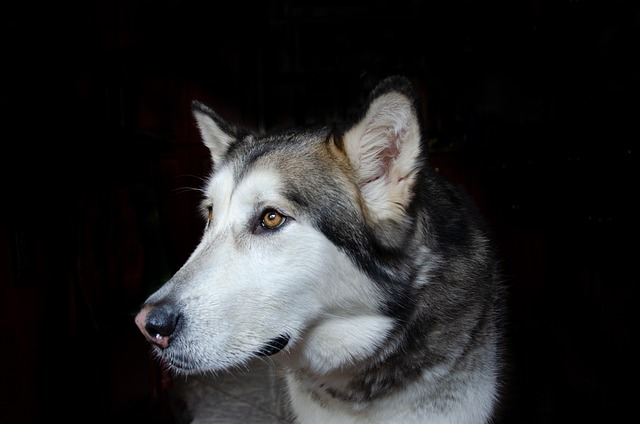
What are signs of a well-trained dog?
Well-trained dog doesn’t just follow commands—it fits smoothly into daily life, whether you’re grabbing coffee at a local café or walking through a busy park.
Let’s cut to the chase: the "easiest" way to potty train your puppy isn’t a secret hack—it’s about working with their biology using consistency and kindness. Forget marathon sessions or magic sprays; the real shortcut is understanding their tiny bodies. Puppies under 6 months lack full bladder control because the myelin sheaths around their nerves are still developing (that’s the insulation allowing nerve signals for "holding it" to travel fast). Their small stomachs also process food quickly, meaning "potty urgency" hits fast and unpredictably.
This is where positive reinforcement potty training shines as your golden ticket. Start by setting a foolproof schedule: take your pup out first thing at dawn, 15 minutes after meals, after naps, after playtime, and right before bed. For a 10-week-old pup, that’s roughly every 45–60 minutes! When they eliminate in the right spot—say, that corner of your Seattle backyard or a designated pee pad station in your Chicago high-rise—praise like they just won the Puppy Bowl and give a high-value treat (think real chicken bits) instantly. This wires their brain to link the action with rewards. Pair this with crate training schedule: dogs naturally avoid soiling their den. Use a properly sized crate (just enough room to stand and turn) for naps and unsupervised moments, expanding freedom only as they succeed.
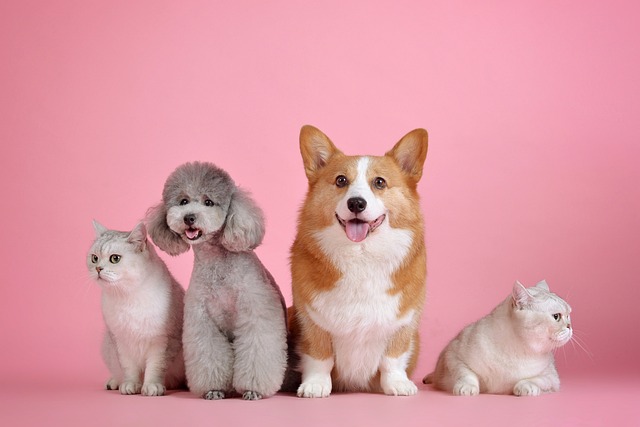
Now, the non-negotiables for responsible U.S. pet owners:
Vaccines first: Until your pup completes their parvo/distemper series (around 16 weeks, per state laws), avoid public grass. Use your balcony, a portable turf patch, or indoor pads if you live in a downtown Austin apartment. Always carry biodegradable bags—scooping is legally required nationwide (fines can hit $250 in cities like L.A.), prevents parasite spread, and keeps parks usable.
Zero tolerance for punishment: Yanking leashes, rubbing noses in accidents, or isolation as "consequences" can cause anxiety-induced hiding or submissive urination. Positive reinforcement builds trust faster. If you catch an accident mid-act, interrupt with a neutral "oops!" and whisk them outside. Clean messes with enzymatic cleaners (e.g., Rocco & Roxie) to erase scent markers.
Lifestyle tweaks: Apartment dwellers? Designate a permanent indoor spot with washable pads or a litter box for small breeds. Use leash training for potty trips even in hallways—this teaches focus amid distractions. In suburban neighborhoods, keep pups leashed until fully trained, and always yield to pedestrians. Remember, consistency trumps convenience: set phone alarms for potty breaks if needed.
By syncing routines with your pup’s physiology and community norms, you’ll transform chaos into clean floors. Patience pays off—most pups grasp the basics in 4–6 weeks with this method. Celebrate progress, not perfection!

Well-trained dog doesn’t just follow commands—it fits smoothly into daily life, whether you’re grabbing coffee at a local café or walking through a busy park.
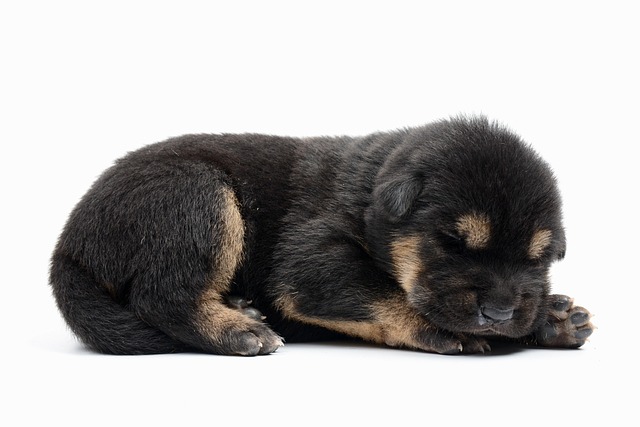
Watching your tiny puppy circle the living room carpet can make any new owner panic—but outdoor potty training doesn’t have to be stressful.
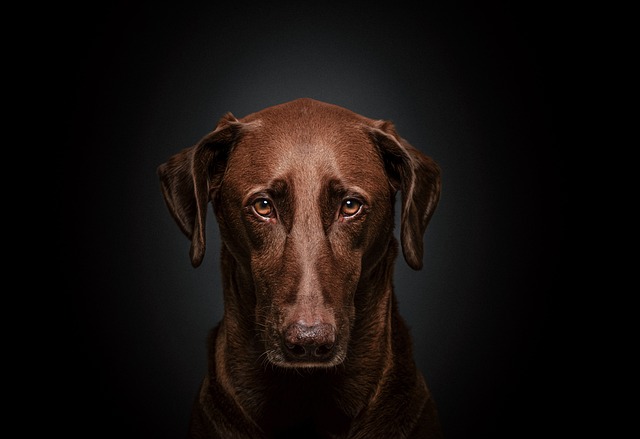
Watching your tiny puppy circle the living room carpet can spark panic—you know what’s coming next, but training them to head outside takes patience, not frustration.

Dog obedience training isn’t just about teaching tricks—it’s how you build trust and keep your pup safe in busy neighborhoods, like when kids run by the park or a delivery truck rumbles down the street.
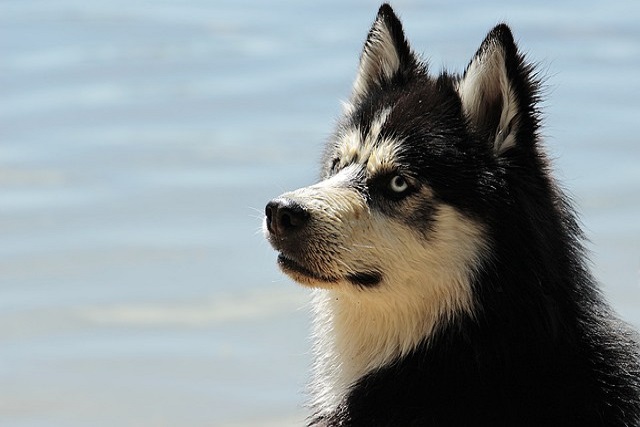
You're standing in the pet store aisle holding a collapsible metal crate, wondering if this purchase will be your new puppy's safe haven or an emotional prison.
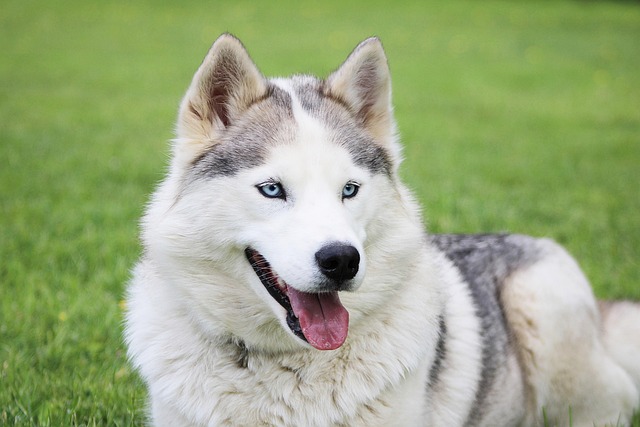
You've set up the perfect crate with a cozy bed and treats, but after three days your new rescue still whines when you close the door.